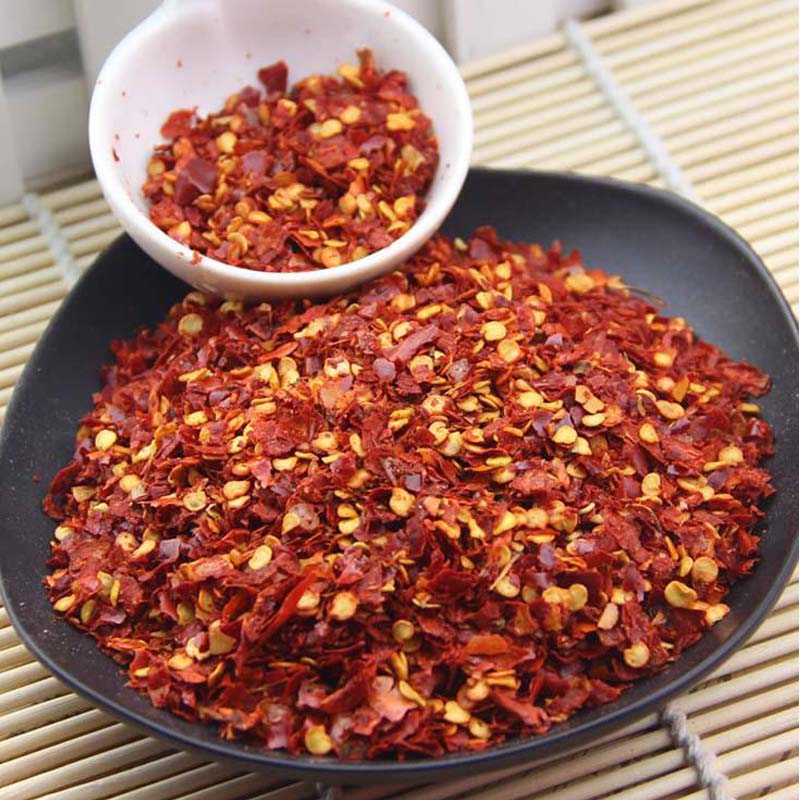- No. 268 Xianghe Street, Economic Development Zone of Xingtai city, Hebei 054001 China
- Byron@hbhongri.cn
How to Establish a Successful Paprika Powder Production Facility for Optimal Quality and Profitability
The Process of Starting a Paprika Powder Factory
Paprika, a vibrant and flavorful spice derived from ground peppers, is cherished worldwide for its culinary and health benefits. The growing demand for paprika powder, both in home kitchens and commercial food production, has led many entrepreneurs to consider starting their own paprika powder factory. This article outlines the essential steps and considerations involved in setting up such a facility.
Understanding Paprika Production
Before embarking on the journey of establishing a paprika powder factory, it is crucial to understand the production process. The primary ingredient, paprika, is made from specific varieties of Capsicum annuum peppers, which are notable for their sweet flavor and vivid color. The production process typically involves growing, harvesting, drying, and grinding the peppers to create the final product.
1. Selecting the Right Location The location of the factory is critical for sourcing quality peppers and accessibility to markets. Ideal locations are those close to paprika-growing regions, enabling easy procurement of raw materials. Additionally, consider the proximity to transportation networks for distributing the final product.
2. Sourcing Raw Materials Establish strong relationships with local farmers or suppliers who grow high-quality pepper varieties. Focus on sustainable farming practices to ensure a steady supply of fresh, flavor-rich peppers. This relationship can significantly impact the quality of the paprika powder produced.
3. Establishing Production Standards Set stringent quality control measures to maintain the consistency and quality of your product. This includes selecting only the best peppers for processing, implementing hygienic practices during production, and ensuring proper storage conditions to prevent spoilage and contamination.
Setting Up the Manufacturing Process
The manufacturing process is a crucial element of turning fresh peppers into paprika powder. Here are the key steps involved
- Harvesting Fresh peppers must be harvested at the right maturity stage to ensure the best flavor and color.
making paprika powder factory

- Drying After harvesting, the peppers need to be dried to reduce moisture content. Traditional sun drying is a popular method, but industrial dryers can also be employed for quicker processing and consistent results.
- Grinding Once dried, the peppers are ground into a fine powder
. The grinding process must be carefully controlled to achieve the desired texture and prevent overheating, which can affect flavor.- Packaging The final paprika powder should be packaged in airtight containers to maintain its freshness and shelf life. Labeling must comply with local food regulations, detailing ingredients and nutritional information.
Marketing and Distribution
With the production process in place, the next step is marketing your paprika powder. Identify your target market, which could include wholesalers, restaurants, food manufacturers, or direct consumers. Developing a strong brand identity is crucial; emphasize quality, flavor, and sustainable sourcing in your marketing campaigns.
Online platforms and social media can be effective tools for reaching a broader audience. Attend food trade shows and local markets to promote your product directly to consumers and establish valuable connections within the industry.
Compliance and Regulations
Starting a paprika powder factory also involves navigating regulatory requirements. Ensure compliance with food safety standards, labeling laws, and local health regulations. Obtain any necessary licenses and certifications, which can enhance the credibility of your brand and assure customers of product quality.
Conclusion
Establishing a paprika powder factory can be a rewarding endeavor, combining a passion for food with the potential for a successful business. By understanding the production process, focusing on quality, and effectively marketing your product, you can carve out a niche in the competitive spice market. With careful planning and execution, your factory can contribute to the rich flavors enjoyed in kitchens around the world.
-
The Versatile Uses and Benefits of Capsicum Frutescens Oleoresin and ExtractsNewsJun.03,2025
-
Paprika&Chili Products Enhancing Flavor and Wellness in Every BiteNewsJun.03,2025
-
Paprika Extract and Capsicum Applications in Food and IndustryNewsJun.03,2025
-
Exploring the Benefits and Uses of Turmeric Powder and Curcumin ExtractNewsJun.03,2025
-
Discover the Bold Flavor of Premium Chilli Powder from ChinaNewsJun.03,2025
-
Capsicum Oleoresin Extract: A Potent Natural Ingredient in Modern ApplicationsNewsJun.03,2025







